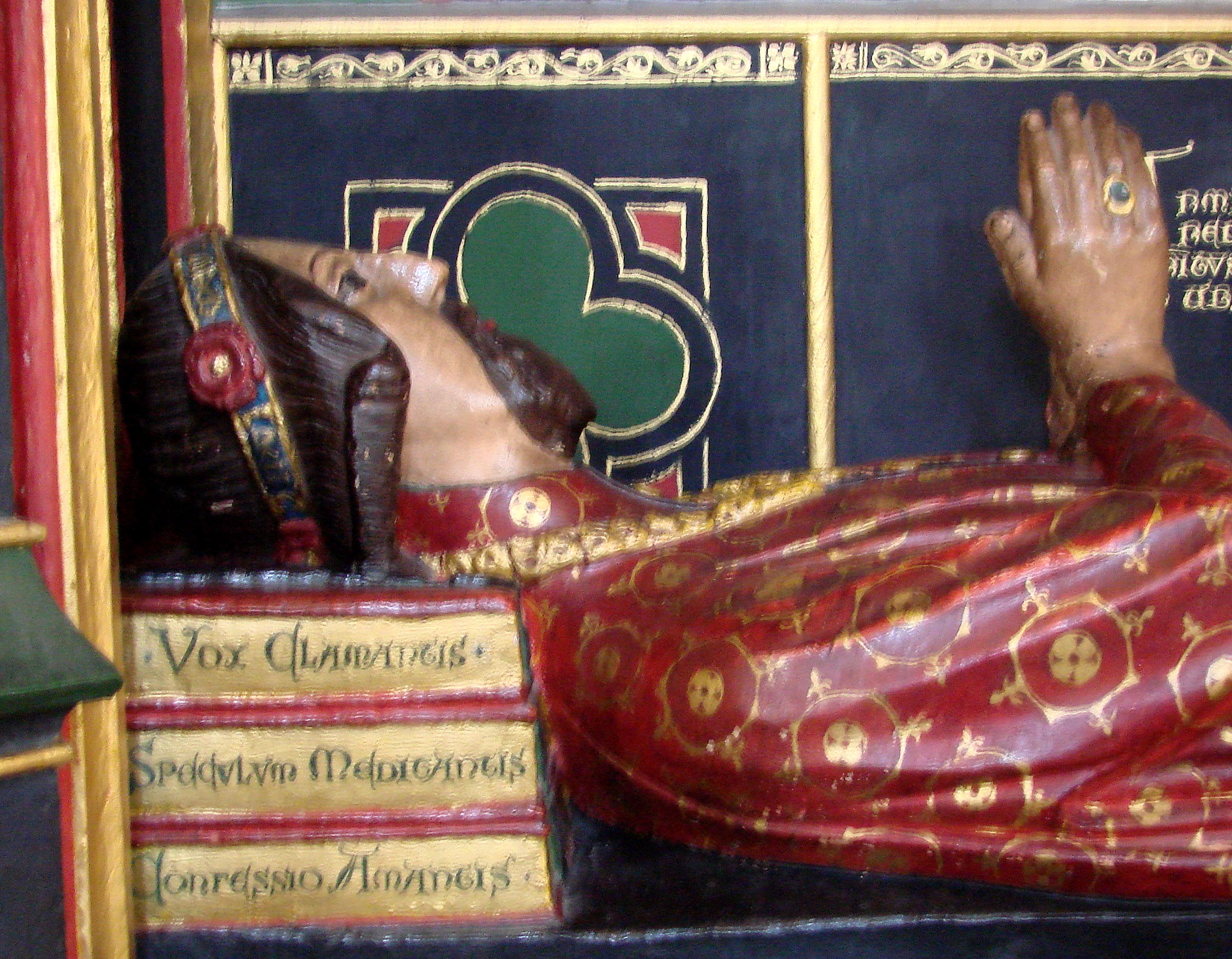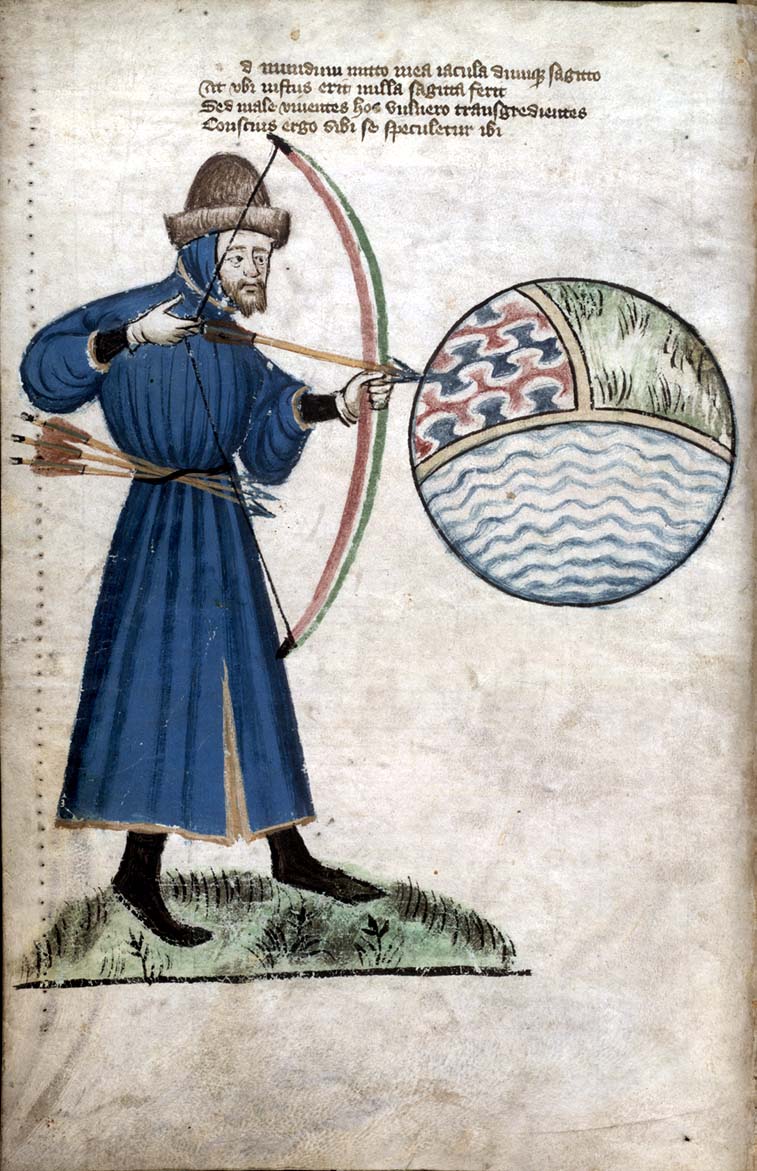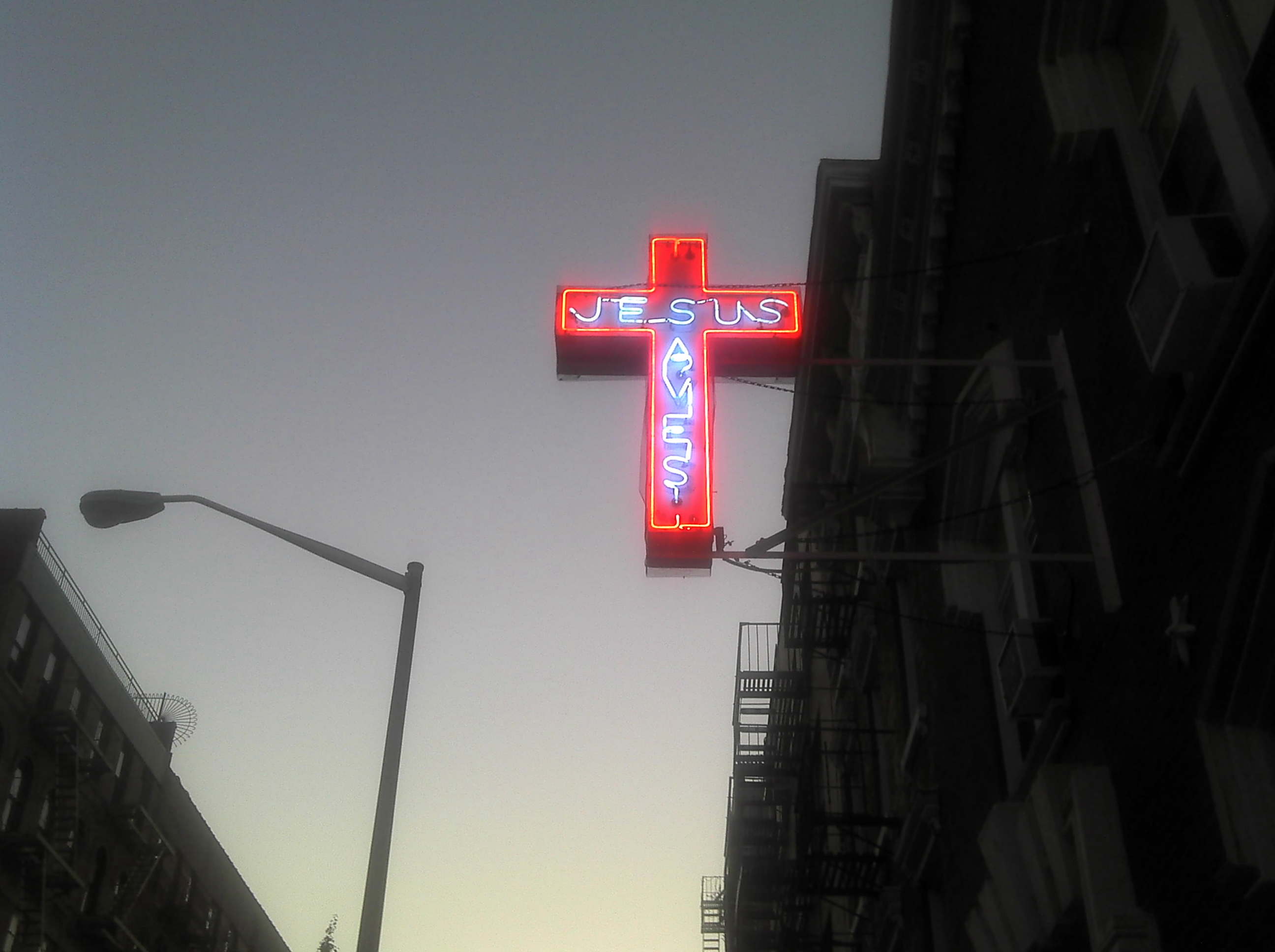|
Mirour De L'Omme
''Mirour de l'Omme'' ("the mirror of mankind") (also ''Speculum Hominis''), which has the Latin title ''Speculum Meditantis'' ("mirror of meditation"), is an Anglo-Norman poem of 29,945 lines written in iambic octosyllables by John Gower (c. 1330 – October 1408). Gower's major theme is man's salvation. Internal evidence (no mention of Richard II) suggests that composition was completed before 1380. G. C. Macaulay discovered the only manuscript in the Cambridge University Library. Summary The union of the Devil and Sin produces the seven daughters: Pride, Envy, Ire, Sloth, Avarice, Gluttony and Lechery. Reason and Conscience are unable to save mankind from the daughters and their granddaughters. In the second third of ''Mirour'', God sends the seven Virtues who have granddaughters who oppose the Devil's forces. Much of the final third is an "extensive examination of the corruption of the Three Estates of society -- Church, State and Workers. Everyone is tainted." Repentance requi ... [...More Info...] [...Related Items...] OR: [Wikipedia] [Google] [Baidu] |
Anglo-Norman Language
Anglo-Norman, also known as Anglo-Norman French ( nrf, Anglo-Normaund) ( French: ), was a dialect of Old Norman French that was used in England and, to a lesser extent, elsewhere in Great Britain and Ireland during the Anglo-Norman period. When William the Conqueror led the Norman conquest of England in 1066, he, his nobles, and many of his followers from Normandy, but also those from northern and western France, spoke a range of langues d'oïl (northern varieties of Gallo-Romance). One of these was Old Norman, also known as "Old Northern French". Other followers spoke varieties of the Picard language or western registers of general Old French. This amalgam developed into the unique insular dialect now known as Anglo-Norman French, which was commonly used for literary and eventually administrative purposes from the 12th until the 15th century. It is difficult to know much about what was actually spoken, as what is known about the dialect is restricted to what was written, but i ... [...More Info...] [...Related Items...] OR: [Wikipedia] [Google] [Baidu] |
Poem
Poetry (derived from the Greek ''poiesis'', "making"), also called verse, is a form of literature that uses aesthetic and often rhythmic qualities of language − such as phonaesthetics, sound symbolism, and metre − to evoke meanings in addition to, or in place of, a prosaic ostensible meaning. A poem is a literary composition, written by a poet, using this principle. Poetry has a long and varied history, evolving differentially across the globe. It dates back at least to prehistoric times with hunting poetry in Africa and to panegyric and elegiac court poetry of the empires of the Nile, Niger, and Volta River valleys. Some of the earliest written poetry in Africa occurs among the Pyramid Texts written during the 25th century BCE. The earliest surviving Western Asian epic poetry, the ''Epic of Gilgamesh'', was written in Sumerian. Early poems in the Eurasian continent evolved from folk songs such as the Chinese ''Shijing'', as well as religious hymns (the Sanskrit ' ... [...More Info...] [...Related Items...] OR: [Wikipedia] [Google] [Baidu] |
Iamb (poetry)
An iamb () or iambus is a metrical foot used in various types of poetry. Originally the term referred to one of the feet of the quantitative meter of classical Greek prosody: a short syllable followed by a long syllable (as in () "beautiful (f.)"). This terminology was adopted in the description of accentual-syllabic verse in English, where it refers to a foot comprising an unstressed syllable followed by a stressed syllable (as in ''abóve''). Thus a Latin word like , because of its short-long rhythm, is considered by Latin scholars to be an iamb, but because it has a stress on the first syllable, in modern linguistics it is considered to be a trochee. Etymology R. S. P. Beekes has suggested that the grc, ἴαμβος ''iambos'' has a Pre-Greek origin. An old hypothesis is that the word is borrowed from Phrygian or Pelasgian, and literally means "Einschritt", i. e., "one-step", compare ''dithyramb'' and ''thriambus'', but H. S. Versnel rejects this etymology and sugg ... [...More Info...] [...Related Items...] OR: [Wikipedia] [Google] [Baidu] |
Octosyllable
The octosyllable or octosyllabic verse is a line of verse with eight syllables. It is equivalent to tetrameter verse in trochees in languages with a stress accent. Its first occurrence is in a 10th-century Old French saint's legend, the '' Vie de Saint Leger''; another early use is in the early 12th-century Anglo-Norman '' Voyage de saint Brendan''. It is often used in French, Italian, Spanish and Portuguese poetry. While commonly used in couplets, typical stanzas using octosyllables are: décima, some quatrains, redondilla. In Spanish verse, an octosyllable is a line that has its seventh syllable stressed, on the principle that this would normally be the penultimate syllable of a word (''Lengua Castellana y Literatura'', ed. Grazalema Santillana. El Verso y su Medida, p. 46). If the final word of a line does not fit this pattern, the line could have eight or seven or nine syllables (as normally counted), thus – :1 / 2 / 3 / 4 / 5 / Gra/NA/da :1 / 2 / 3 / 4 / 5 / Ma/DR ... [...More Info...] [...Related Items...] OR: [Wikipedia] [Google] [Baidu] |
John Gower
John Gower (; c. 1330 – October 1408) was an English poet, a contemporary of William Langland and the Pearl Poet, and a personal friend of Geoffrey Chaucer Geoffrey Chaucer (; – 25 October 1400) was an English poet, author, and civil servant best known for ''The Canterbury Tales''. He has been called the "father of English literature", or, alternatively, the "father of English poetry". He wa .... He is remembered primarily for three major works, the '' Mirour de l'Omme'', ''Vox Clamantis'', and ''Confessio Amantis'', three long poems written in French, Latin, and English respectively, which are united by common moral and political themes. Life Few details are known of Gower's early life. He was probably born into a family which held properties in Kent and Kentwell Hall, Suffolk.Lee, Sidney (1890). "wikisource:Dictionary of National Biography, 1885-1900/Gower, John, Gower, John". In ''Dictionary of National Biography''. 22. London. pp. 299-304. Stanley and Smith u ... [...More Info...] [...Related Items...] OR: [Wikipedia] [Google] [Baidu] |
Salvation In Christianity
In Christianity, salvation (also called deliverance or redemption) is the "saving fhuman beings from sin and its consequences, which include death and separation from God In monotheistic thought, God is usually viewed as the supreme being, creator, and principal object of faith. Swinburne, R.G. "God" in Honderich, Ted. (ed)''The Oxford Companion to Philosophy'', Oxford University Press, 1995. God is typically ..." by Christ's death and Resurrection of Jesus, resurrection, and the Justification (theology), justification following this salvation. While the idea of Jesus' death as an atonement for human Christian views on sin, sin was recorded in the Christian Bible, and was elaborated in Pauline epistles, Paul's epistles and in the Gospels, Paul the Apostle, Paul saw the faithful redeemed by participation in Jesus' death and rising. Early Christians regarded themselves as partaking in a New Covenant, new covenant with God, open to both Jews and Gentiles, through the sacr ... [...More Info...] [...Related Items...] OR: [Wikipedia] [Google] [Baidu] |
Richard II Of England
Richard II (6 January 1367 – ), also known as Richard of Bordeaux, was King of England from 1377 until he was deposed in 1399. He was the son of Edward the Black Prince, Prince of Wales, and Joan, Countess of Kent. Richard's father died in 1376, leaving Richard as heir apparent to his grandfather, King Edward III; upon the latter's death, the 10-year-old Richard succeeded to the throne. During Richard's first years as king, government was in the hands of a series of regency councils, influenced by Richard's uncles John of Gaunt and Thomas of Woodstock. England then faced various problems, most notably the Hundred Years' War. A major challenge of the reign was the Peasants' Revolt in 1381, and the young king played a central part in the successful suppression of this crisis. Less warlike than either his father or grandfather, he sought to bring an end to the Hundred Years' War. A firm believer in the royal prerogative, Richard restrained the power of the aristocracy an ... [...More Info...] [...Related Items...] OR: [Wikipedia] [Google] [Baidu] |
Manuscript
A manuscript (abbreviated MS for singular and MSS for plural) was, traditionally, any document written by hand – or, once practical typewriters became available, typewritten – as opposed to mechanically printing, printed or reproduced in some indirect or automated way. More recently, the term has come to be understood to further include ''any'' written, typed, or word-processed copy of an author's work, as distinguished from the rendition as a printed version of the same. Before the arrival of printing, all documents and books were manuscripts. Manuscripts are not defined by their contents, which may combine writing with mathematical calculations, maps, music notation, explanatory figures, or illustrations. Terminology The study of the writing in surviving manuscripts, the "hand", is termed palaeography (or paleography). The traditional abbreviations are MS for manuscript and MSS for manuscripts, while the forms MS., ms or ms. for singular, and MSS., mss or ms ... [...More Info...] [...Related Items...] OR: [Wikipedia] [Google] [Baidu] |
Cambridge University Library
Cambridge University Library is the main research library of the University of Cambridge. It is the largest of the over 100 libraries within the university. The Library is a major scholarly resource for the members of the University of Cambridge and external researchers. It is often referred to within the university as the UL. Thirty three faculty and departmental libraries are associated with the University Library for the purpose of central governance and administration, forming "Cambridge University Libraries". Cambridge University Library is one of the six legal deposit libraries under UK law. The Library holds approximately 9 million items (including maps and sheet music) and, through legal deposit, purchase and donation it receives around 100,000 items every year. The University Library is unique among the legal deposit libraries in keeping a large proportion of its material on open access and in allowing some categories of reader to borrow from its collections. Its or ... [...More Info...] [...Related Items...] OR: [Wikipedia] [Google] [Baidu] |
Le Livre De Seyntz Medicines
' (''The Book of Holy Medicines'') is a fourteenth-century devotional treatise written by Henry of Grosmont, 1st Duke of Lancaster around 1354. It is a work of allegory in which he describes his body as under attack from sin: his heart is the castle, and sin—in all its forms—enters his body via wounds, and against which he begs the assistance of the necessary doctor, Jesus Christ. It exists in two complete copies today, both almost identical in language although with different bindings. One of these copies is almost certainly a surviving copy from Grosmont's family, although their provenance is obscure. Grosmont was one of the wealthiest and most powerful men in England at the time. A close companion of King Edward III, he was a major figure in the early years of the Hundred Years' War and a renowned soldier. He was also conventionally pious and able to put his wealth to demonstrate his piety, for example in the foundation of St Mary de Castro, Newarke, in Leicester Castle. ' ... [...More Info...] [...Related Items...] OR: [Wikipedia] [Google] [Baidu] |
Edward III Of England
Edward III (13 November 1312 – 21 June 1377), also known as Edward of Windsor before his accession, was King of England and Lord of Ireland from January 1327 until his death in 1377. He is noted for his military success and for restoring royal authority after the disastrous and unorthodox reign of his father, Edward II. EdwardIII transformed the Kingdom of England into one of the most formidable military powers in Europe. His fifty-year reign was one of the longest in English history, and saw vital developments in legislation and government, in particular the evolution of the English Parliament, as well as the ravages of the Black Death. He outlived his eldest son, Edward the Black Prince, and the throne passed to his grandson, Richard II. Edward was crowned at age fourteen after his father was deposed by his mother, Isabella of France, and her lover Roger Mortimer. At age seventeen he led a successful coup d'état against Mortimer, the ''de facto'' ruler of the coun ... [...More Info...] [...Related Items...] OR: [Wikipedia] [Google] [Baidu] |

.jpg)






